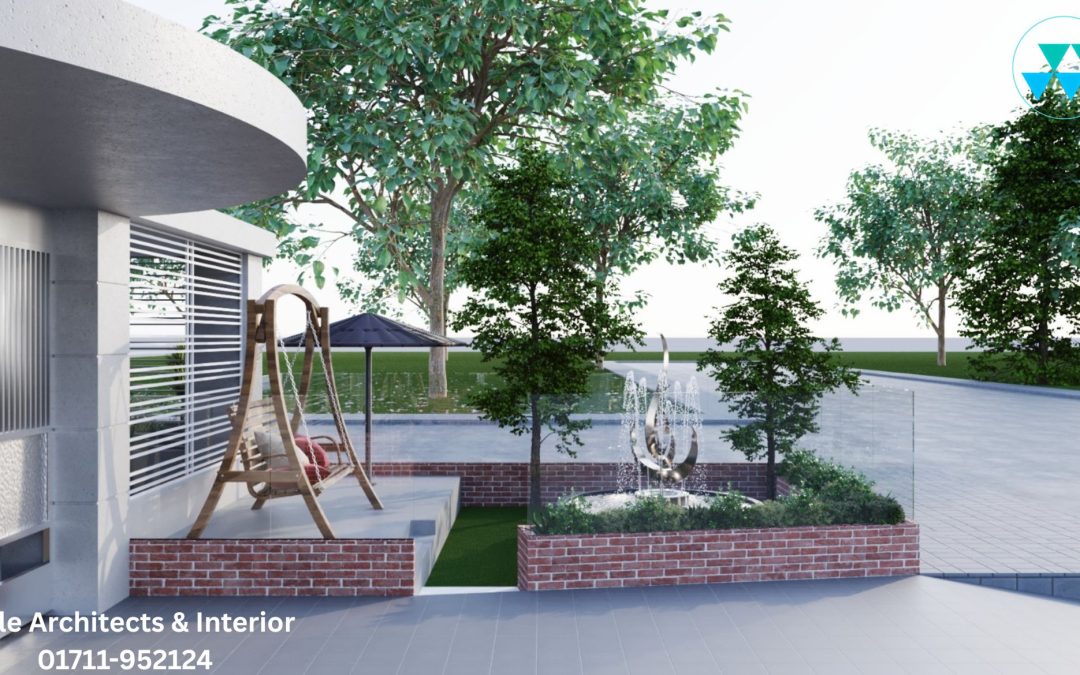Introduction to the Best Landscape Design
The pursuit of the best landscape design is transforming how homeowners and businesses approach their outdoor spaces. Whether you’re dreaming of a lush backyard retreat, a vibrant front yard that boosts curb appeal, or a low-maintenance commercial landscape, thoughtful design can elevate both aesthetics and functionality. Landscape design is far more than planting a few trees or laying down sod—it’s an art and science that combines horticulture, environmental design, and architectural creativity to create harmonious, sustainable, and personalized outdoor environments.
Understanding the Fundamentals of Landscape Design
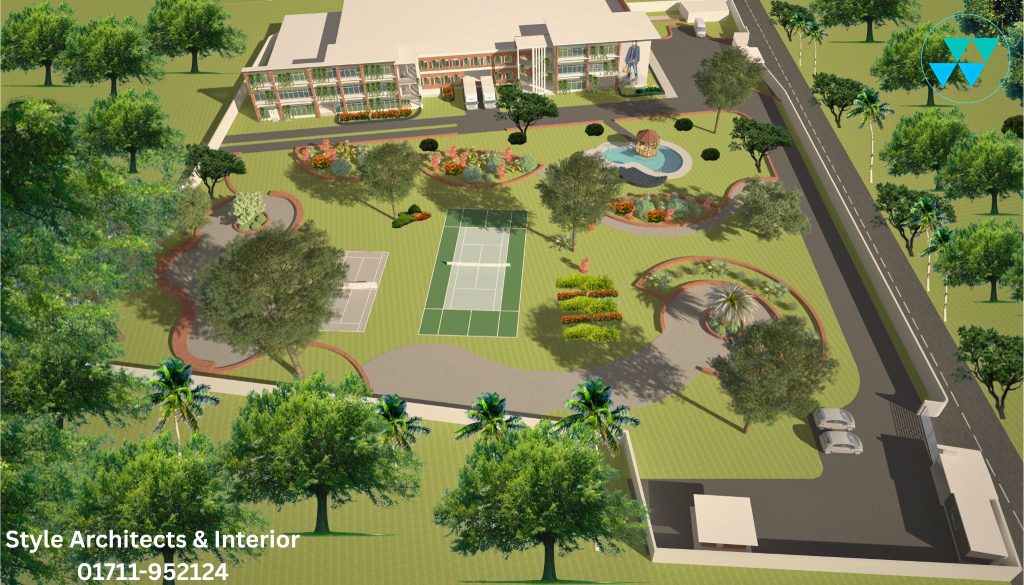
What Defines the Best Landscape Design?
The best landscape design is a delicate balance of aesthetics, functionality, and sustainability, tailored to the specific needs of the user and the environment. It’s not just about creating a visually appealing yard but ensuring the space serves its intended purpose, whether that’s relaxation, entertainment, or enhancing property value. The core components of an exceptional landscape design include:
- Site Analysis: Before any design begins, a thorough assessment of the property is essential. This involves analyzing soil type (e.g., clay, loam, or sandy), climate conditions (such as rainfall patterns or temperature extremes), topography (slopes or flat areas), and existing vegetation. For example, a sunny, well-drained yard might support vibrant flower beds, while a shady, waterlogged area may require drought-tolerant plants or drainage solutions.
- Design Principles: Effective designs adhere to principles like unity (ensuring all elements work cohesively), balance (symmetrical or asymmetrical arrangements), proportion (scaling plants and features to the space), and rhythm (repeating elements like colors or shapes for flow). For instance, a modern garden layout might use repetitive low shrubs along a pathway to create rhythm.
- User-Centric Functionality: The design must align with how the space will be used. A family with young children might prioritize a safe play area with soft turf, while a retiree may want a tranquil garden for meditation. Understanding user needs ensures the design is practical and enjoyable.
By combining these elements, the best landscape design creates spaces that are both beautiful and purposeful, enhancing the quality of life for those who use them.
The Role of Landscape Architects
Hiring a professional landscape architect can make the difference between a good design and a truly exceptional one. These experts bring specialized knowledge in horticulture, environmental design, and urban planning, ensuring that every aspect of the project is meticulously planned and executed. Landscape architects assess the site’s unique characteristics, recommend sustainable practices, and navigate local zoning regulations or environmental constraints.
For example, a landscape architect might suggest native plant landscaping to reduce water usage or design a rain garden to manage stormwater runoff. They also use advanced tools like 3D modeling software to provide clients with virtual previews of the design, helping them visualize the final result. Hiring a professional is particularly valuable for complex projects, such as large estates or commercial properties, where aesthetics, functionality, and compliance must align seamlessly
Top Trends Shaping the Best Landscape Design in 2025
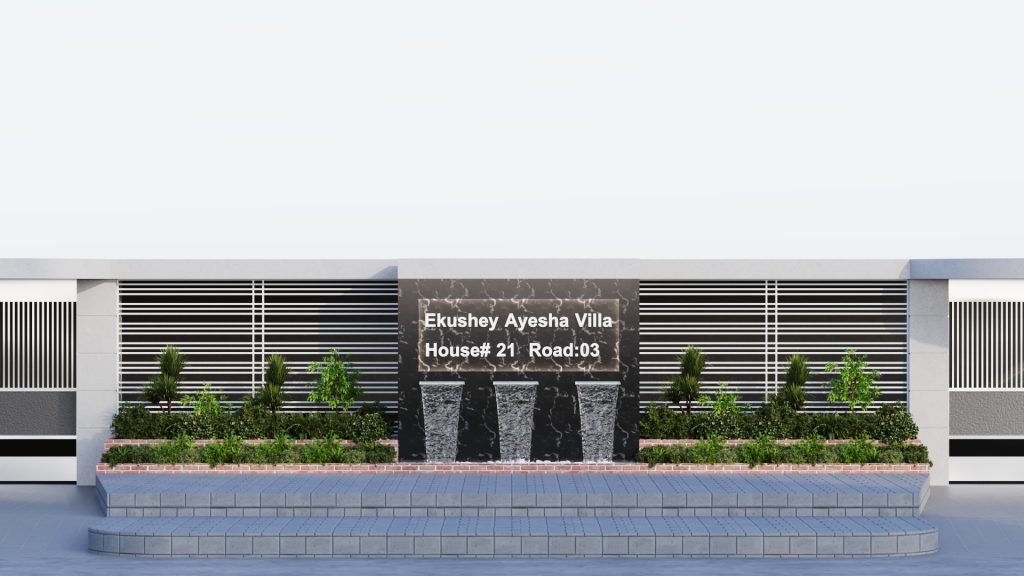
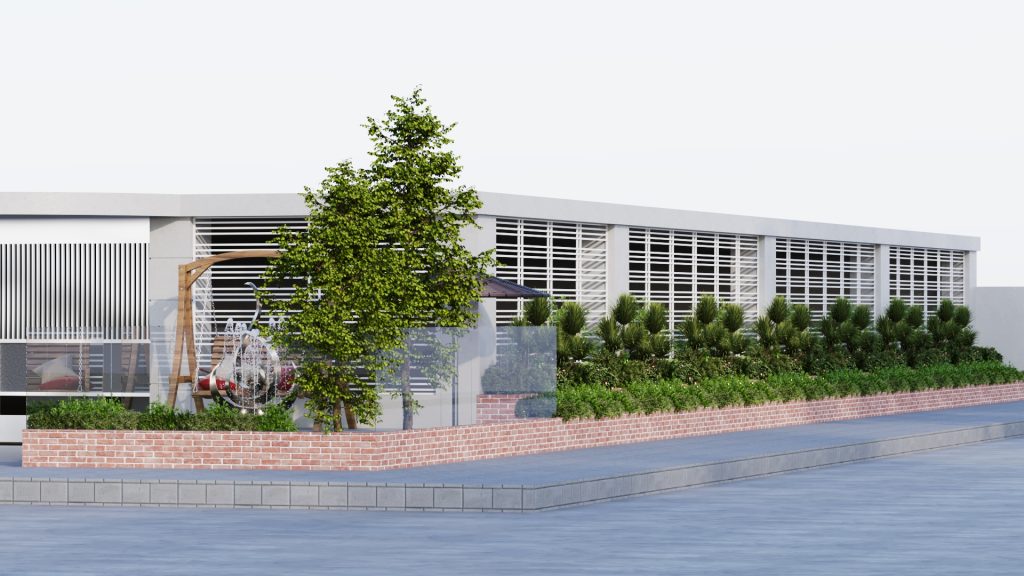
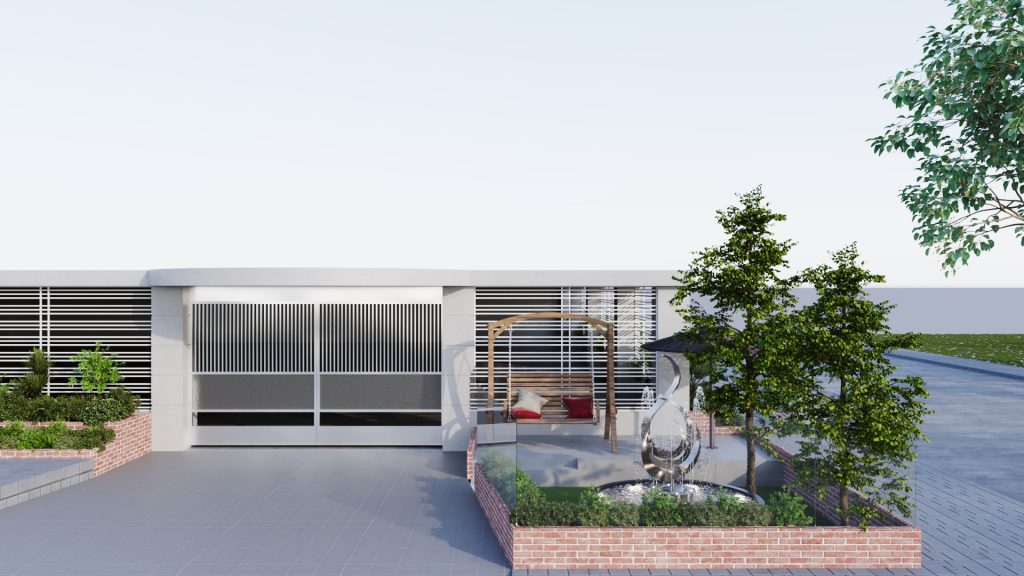
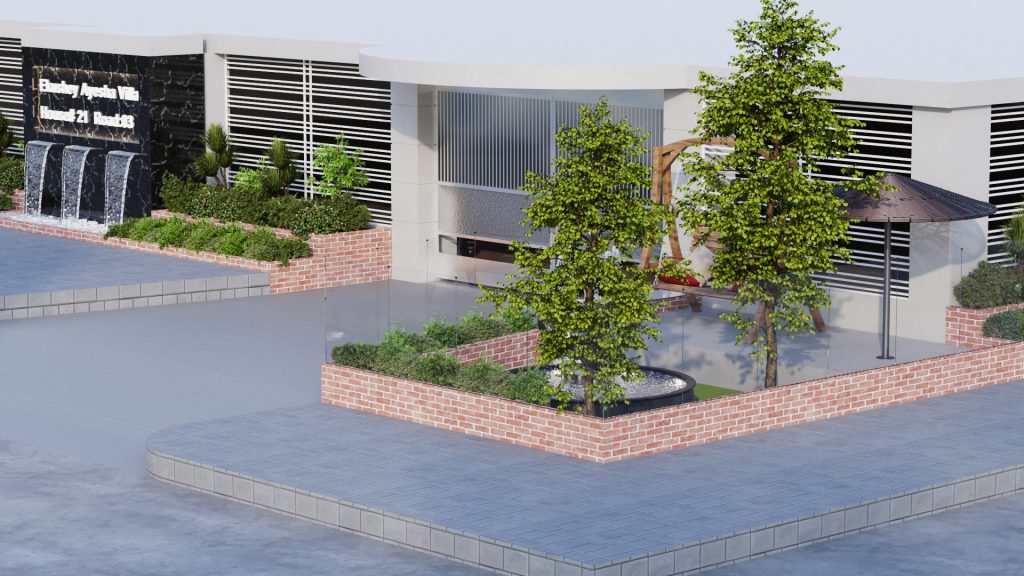
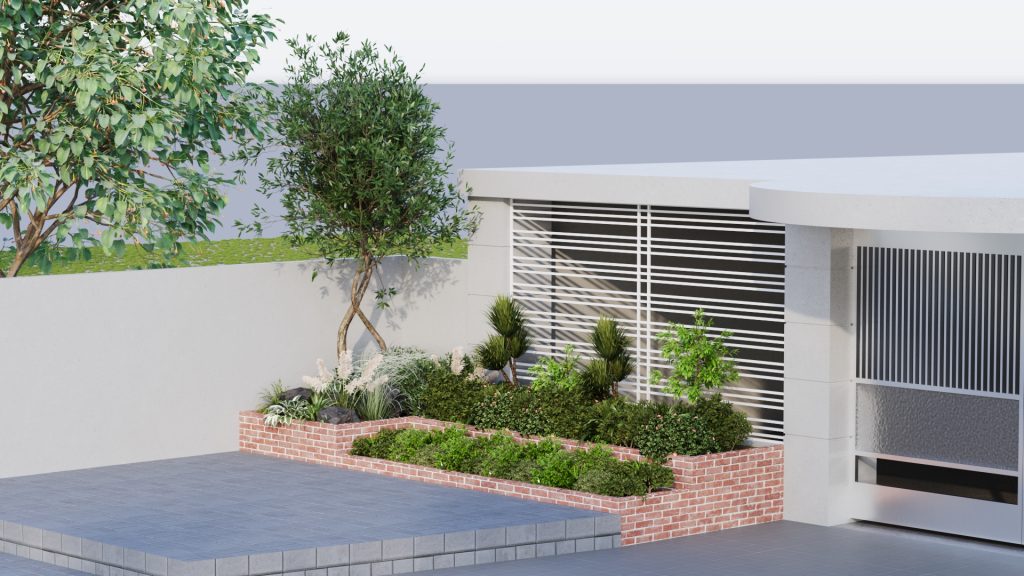
Sustainable Landscaping Practices
Sustainability is no longer a buzzword—it’s a cornerstone of the best landscape design. As environmental concerns grow, homeowners and businesses are prioritizing eco-friendly landscaping to reduce resource consumption and support local ecosystems. Key sustainable practices include:
- Native Plant Gardens: Native plants, adapted to local climates and soils, require less water, fertilizer, and maintenance than exotic species. For example, in a temperate region, planting native wildflowers like black-eyed Susans can attract pollinators like bees and butterflies, enhancing biodiversity. These gardens also reduce the need for chemical pesticides, promoting a healthier environment.
- Rain Gardens and Permeable Paving: Rain gardens use strategically placed plants to absorb excess rainwater, preventing erosion and reducing runoff into storm drains. Permeable paving materials, such as porous concrete or gravel, allow water to seep into the ground, replenishing groundwater supplies. These features are especially effective in urban areas prone to flooding.
- Vertical Gardens and Green Walls: Perfect for small or urban spaces, vertical gardens use trellises, wall planters, or modular systems to grow plants upward, maximizing greenery without requiring large footprints. They improve air quality, reduce heat, and add aesthetic appeal to patios or balconies.
By adopting sustainable garden design, homeowners can save up to 50% on water bills through techniques like xeriscaping, which focuses on drought-tolerant plants and minimal irrigation.
Smart Technology Integration
Technology is revolutionizing the best landscape design by introducing efficiency and convenience. Smart landscaping solutions are becoming mainstream, offering ways to automate maintenance and enhance user experience. Notable trends include:
- Smart Irrigation Systems: These systems use weather data and soil sensors to deliver precise amounts of water, reducing waste. For example, a smart sprinkler can adjust watering schedules based on rainfall forecasts, ensuring plants stay healthy without overwatering.
- Automated Lighting: LED landscape lighting with motion sensors or timers enhances security and ambiance while saving energy. Path lights can guide guests safely, while accent lights highlight trees or water features for dramatic effect.
- Robotic Lawn Mowers: These devices mow lawns autonomously, saving time and ensuring a consistently neat appearance. They’re ideal for busy homeowners seeking low-maintenance landscaping.
Smart technology aligns with energy-efficient landscaping goals, making it easier to maintain stunning outdoor spaces with minimal effort.
Multifunctional Outdoor Living Spaces
The best landscape design creates versatile spaces that serve multiple purposes, catering to modern lifestyles. Homeowners are moving beyond traditional lawns to craft outdoor living spaces that function as extensions of their homes. Popular features include:
- Outdoor Kitchens and Dining Areas: Equipped with grills, countertops, and weather-resistant seating, these spaces are perfect for entertaining guests or enjoying family meals al fresco. Adding a pergola or canopy provides shade and enhances comfort.
- Fire Pits and Lounges: Fire pits create cozy gathering spots for evening relaxation, while lounge areas with cushioned seating and coffee tables offer a luxurious retreat. These features extend usability into cooler seasons.
- Family-Friendly Play Zones: Integrating swings, slides, or even a small sports court ensures the landscape appeals to children and adults alike. Softscaping with durable ground covers like clover minimizes maintenance.
By designing multifunctional spaces, homeowners can maximize their yard’s potential, creating areas for relaxation, socialization, and play.
Essential Elements of the Best Landscape Design
Hardscaping: The Structural Foundation
Hardscaping refers to the non-living elements that provide structure and durability to a landscape. These features create the framework for the design, ensuring functionality and visual appeal. Key hardscaping elements include:
- Patios and Decks: These serve as outdoor living rooms, ideal for dining or lounging. Materials like natural stone, pavers, or composite decking offer durability and style. For example, a flagstone patio surrounded by lush greenery creates an inviting space for gatherings.
- Walkways and Paths: Well-designed paths guide visitors through the landscape, connecting different areas like gardens or seating zones. Gravel, brick, or stepping stones can add texture and charm, with curves or straight lines depending on the aesthetic.
- Retaining Walls: Essential for sloped properties, retaining walls prevent soil erosion and create terraced planting areas. Materials like concrete blocks or natural stone blend functionality with beauty.
Choosing weather-resistant materials ensures hardscaping withstands elements like rain, heat, or frost, maintaining its integrity over time.
Softscaping: Bringing Life to the Design
Softscaping encompasses the living elements—plants, trees, and lawns—that add color, texture, and vibrancy to the best landscape design. Thoughtful softscaping creates dynamic, seasonal interest. Key components include:
- Trees and Shrubs: Trees provide shade, privacy, and structure, while shrubs add mid-level interest. Evergreen trees like pines ensure year-round greenery, while deciduous trees like maples offer seasonal color changes.
- Flower Beds and Borders: Mixing perennials (e.g., roses, lavender) with annuals (e.g., marigolds, zinnias) creates vibrant displays. Borders along walkways or fences enhance visual appeal and define spaces.
- Lawns and Ground Covers: Traditional grass lawns are popular but high-maintenance. Alternatives like clover, thyme, or moss require less water and mowing, making them ideal for low-maintenance landscaping.
Balancing softscaping with hardscaping ensures the design feels cohesive and inviting, with plants complementing structural elements.
Water Features and Lighting: Enhancing Ambiance
Water features and lighting add sensory appeal and extend the usability of outdoor spaces.
- Water Features: Fountains, ponds, or cascading waterfalls create soothing sounds and attract wildlife like birds. A small tabletop fountain works for compact spaces, while a koi pond adds luxury to larger yards.
- Landscape Lighting: Strategic lighting enhances safety and aesthetics. Path lights illuminate walkways, uplights highlight trees or statues, and string lights create a festive ambiance for patios. Solar-powered options align with energy-efficient landscaping.
These elements elevate the best landscape design by adding tranquility and functionality, making the space enjoyable day or night.
Step-by-Step Guide to Planning Your Best Landscape Design
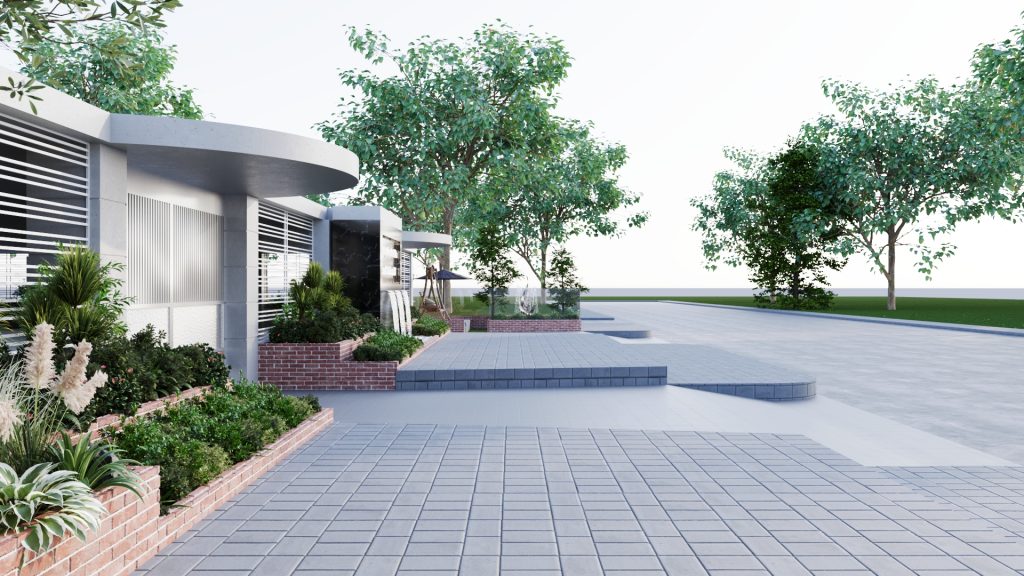
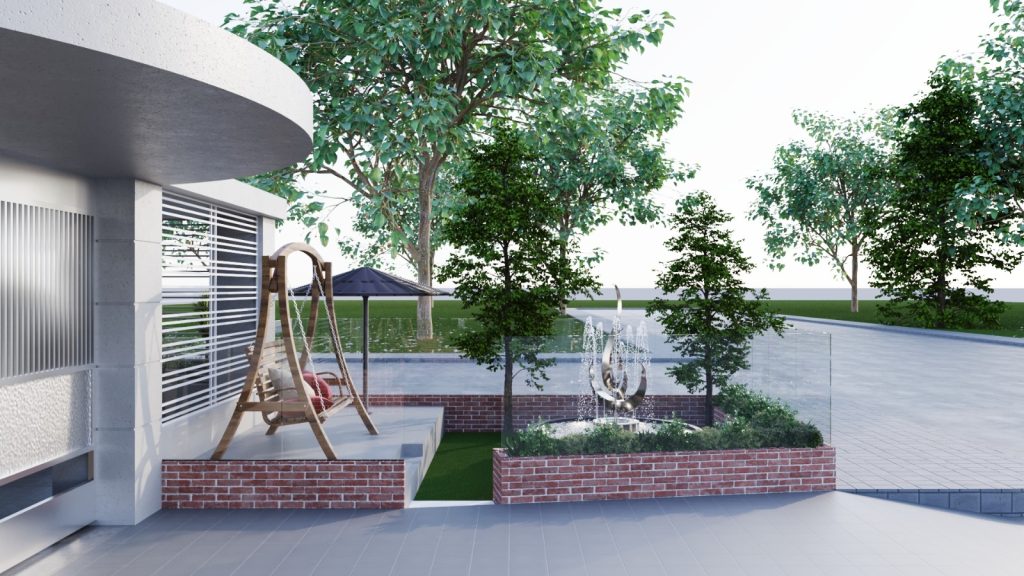
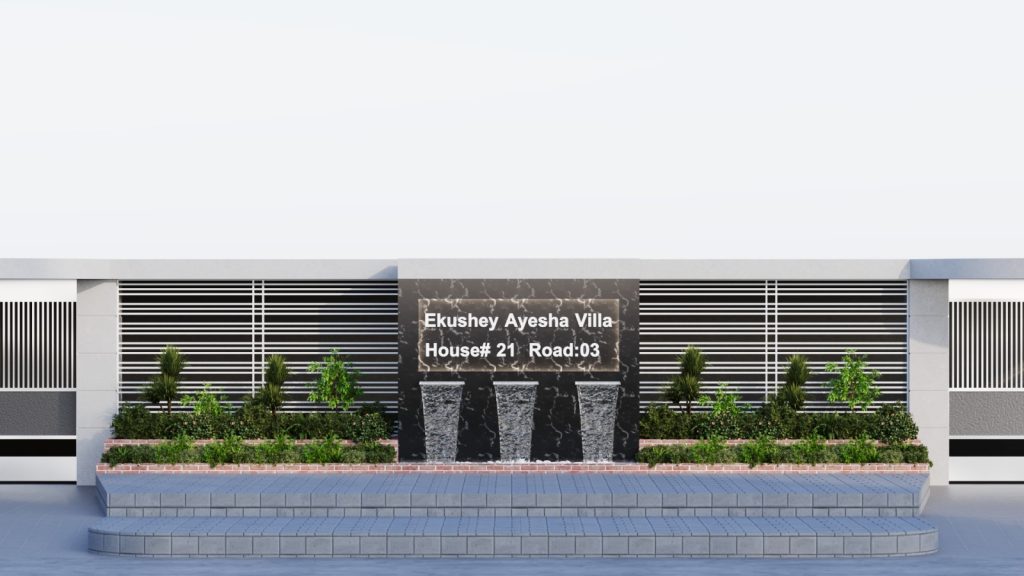
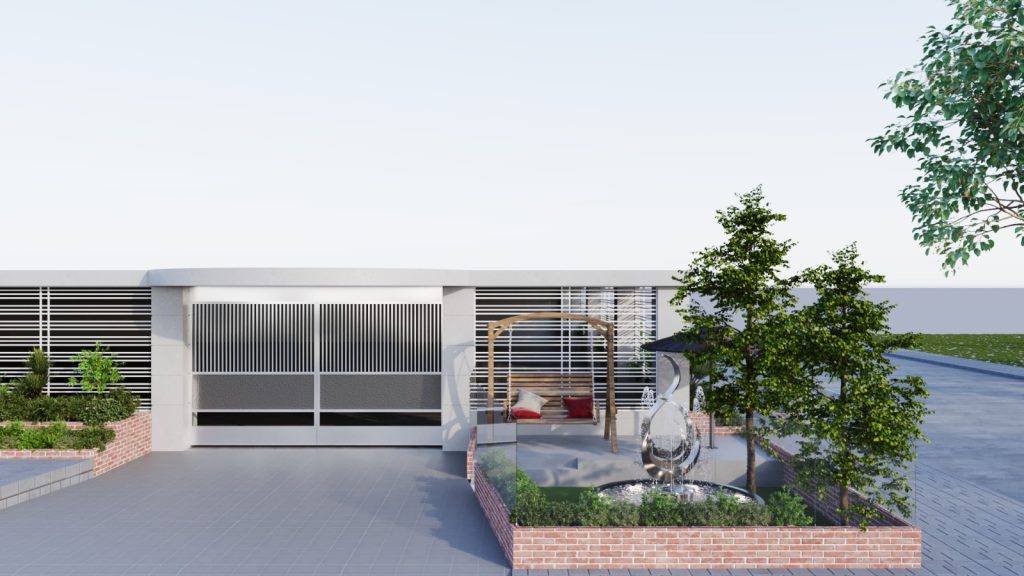
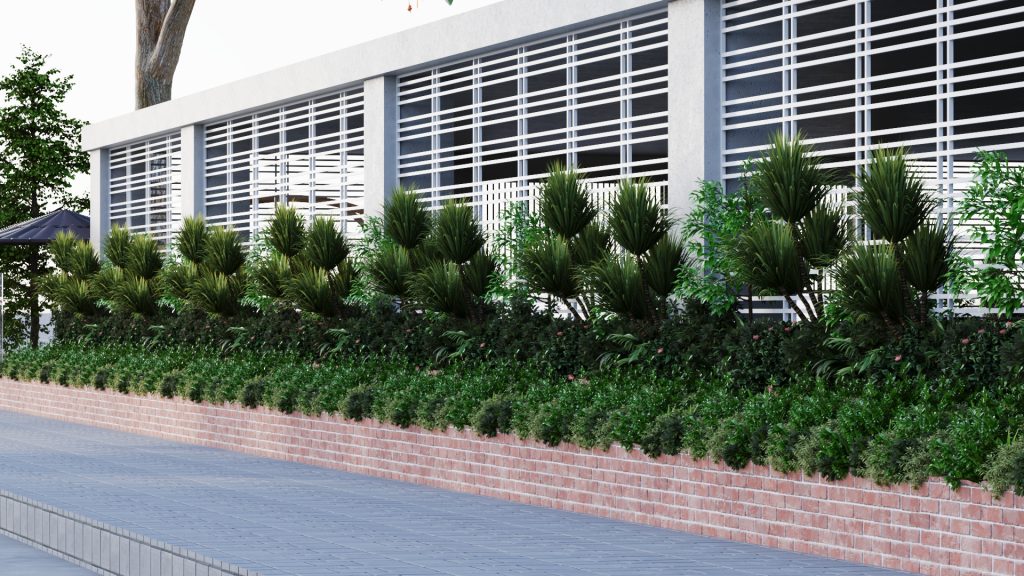
Step 1: Assess Your Space Thoroughly
A successful landscape design begins with a detailed site analysis. Walk your property to observe:
- Sun Exposure: Note sunny and shady areas to choose appropriate plants (e.g., sun-loving roses vs. shade-tolerant ferns).
- Soil Conditions: Test soil pH and texture to determine suitability for plants or drainage needs.
- Topography: Identify slopes or low-lying areas that may require grading or retaining walls.
- Existing Features: Document trees, structures, or utilities that will influence the design.
This step ensures your design aligns with the site’s natural characteristics, minimizing future challenges.
Step 2: Define Your Goals and Priorities
Clarify how you’ll use the space. Are you creating a backyard oasis for relaxation, a play area for kids, or a garden to grow vegetables? Consider lifestyle factors like:
- Entertainment Needs: Do you host large gatherings requiring ample seating?
- Privacy: Do you need hedges or fences to block neighbors’ views?
- Sustainability: Are you committed to eco-friendly garden design with native plants?
Clear goals guide the design process and ensure the final result meets your needs.
Step 3: Establish a Realistic Budget
Landscaping costs vary widely, from $1,000 for DIY projects to $50,000+ for professional designs. Factor in:
- Materials: Plants, pavers, or water features.
- Labor: Installation by contractors or architects.
- Maintenance: Ongoing costs for watering, pruning, or fertilization.
The best landscape design balances ambition with affordability, prioritizing high-impact features within your budget.
Step 4: Sketch a Detailed Layout
Create a blueprint using graph paper or software like SketchUp. Divide the space into zones (e.g., seating, garden, play area) and map out:
- Hardscaping: Patios, paths, or walls.
- Planting Areas: Trees, shrubs, or flower beds.
- Features: Water elements or lighting.
This visual plan ensures all elements work harmoniously.
Step 5: Select Plants and Materials Wisely
Choose plants and materials based on climate, maintenance preferences, and aesthetics. For example:
- Climate-Appropriate Plants: Opt for drought-tolerant landscaping in dry regions or moisture-loving plants in wetlands.
- Durable Materials: Use weather-resistant pavers or wood for longevity.
- Sustainable Choices: Incorporate recycled landscaping materials like reclaimed stone or wood.
Consult local nurseries or landscape architects for recommendations tailored to your region.
Step 6: Implement and Maintain the Design
Hire professionals for complex installations like retaining walls or irrigation systems. Once complete, establish a maintenance routine:
- Watering: Use drip irrigation for efficiency.
- Pruning: Trim shrubs and trees seasonally.
- Weeding: Regularly remove invasive plants to protect beds.
Consistent care ensures your best landscape design remains vibrant and functional.
Front Yard Landscaping Ideas for Maximum Curb Appeal
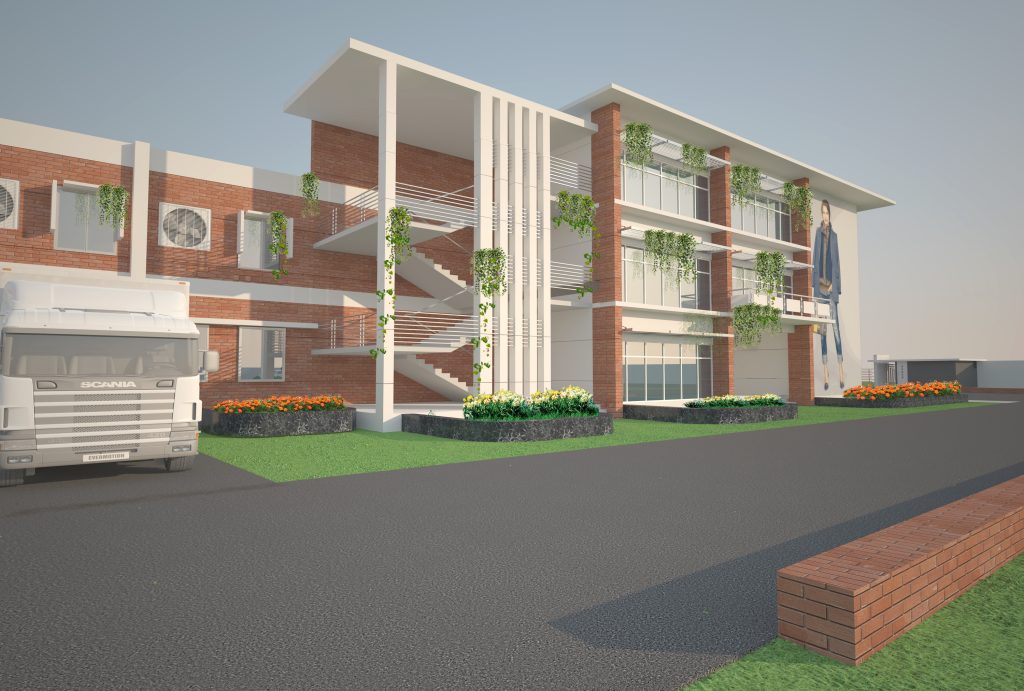
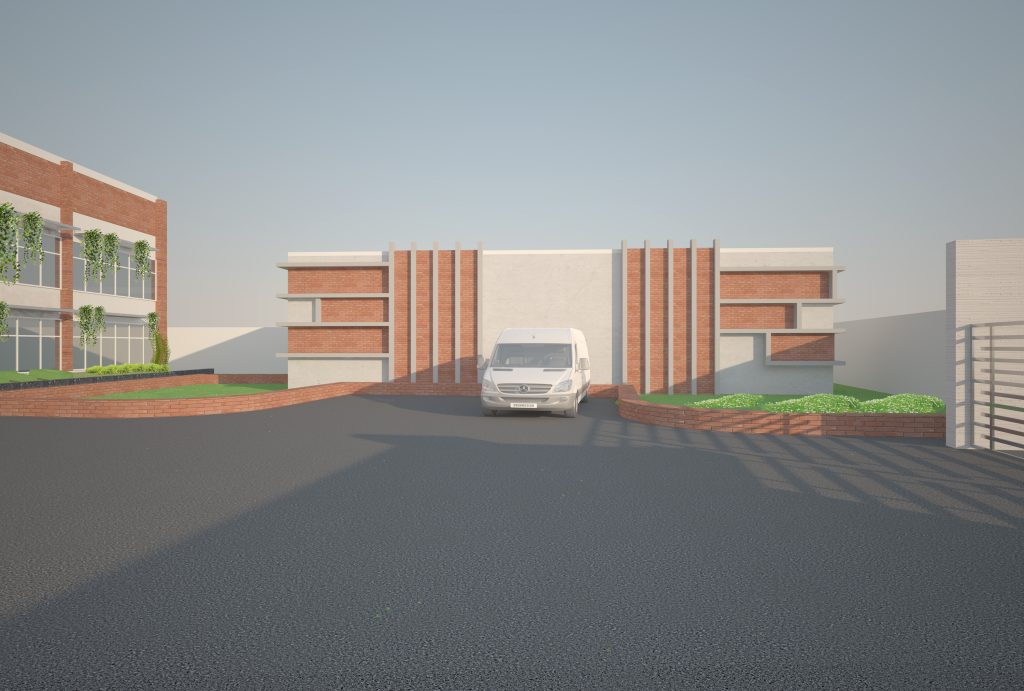
The front yard sets the tone for your home, making curb appeal a priority in the best landscape design. Thoughtful front yard designs create a welcoming first impression while enhancing property value. Popular ideas include:
- Symmetrical Plantings: Flanking the entryway with matching shrubs or flower beds creates a balanced, formal look. For example, boxwood hedges on either side of a pathway convey elegance.
- Layered Planting Beds: Combine ground covers (e.g., liriope), mid-sized shrubs (e.g., hydrangeas), and tall trees (e.g., ornamental cherries) for depth and visual interest.
- Driveway Borders: Soften hard edges with low-growing plants like lavender or decorative grasses, adding color without obstructing access.
Incorporate low-maintenance front yard ideas like mulch beds or evergreen shrubs to reduce upkeep while maintaining a polished appearance year-round. Adding a focal point, such as a decorative fountain or a vibrant tree, draws the eye and enhances appeal.
Backyard Oasis Designs for Relaxation and Enjoyment
The backyard is your private sanctuary, and the best landscape design transforms it into a haven for relaxation or entertainment. Key ideas include:
- Cozy Seating Areas: Create intimate spaces with hammocks, cushioned benches, or sectional sofas surrounded by lush greenery. Adding a pergola with climbing vines like clematis enhances shade and ambiance.
- Winding Garden Paths: Meandering stone or gravel paths through flower beds or vegetable gardens invite exploration. Line paths with low-growing plants like thyme for fragrance.
- Privacy Features: Use tall hedges, bamboo screens, or lattice trellises with ivy to create seclusion from neighbors or busy streets.
For a touch of luxury, consider backyard pool landscaping with tropical plants like palms or a hot tub surrounded by decorative pavers. These elements create a resort-like atmosphere perfect for unwinding.
Sustainable Garden Design Strategies
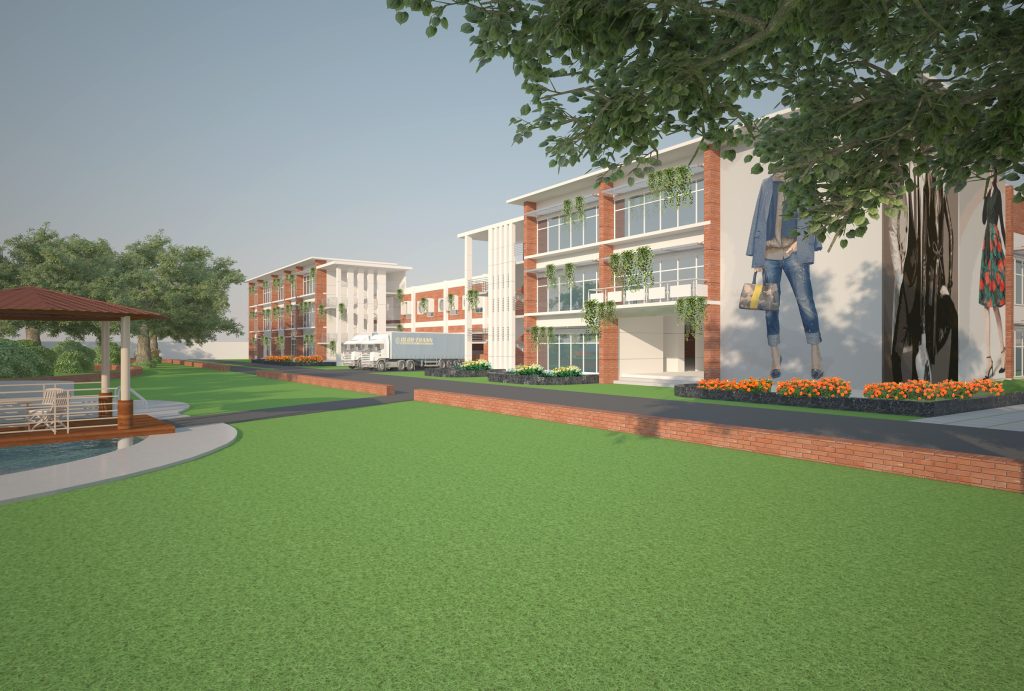
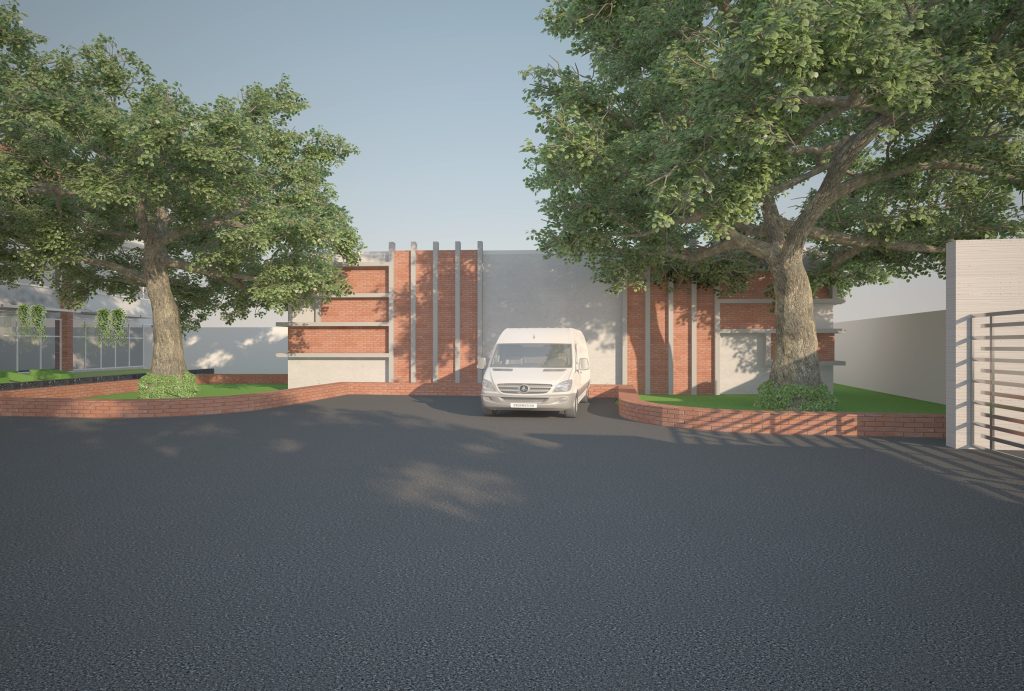
Water Conservation Techniques
Water scarcity is a global concern, making water-saving landscaping a priority. Strategies include:
- Rainwater Harvesting: Install barrels or cisterns to collect rainwater for irrigation, reducing reliance on municipal water.
- Drip Irrigation: Deliver water directly to plant roots, minimizing evaporation. This can save up to 70% more water than traditional sprinklers.
- Xeriscaping: Use drought-tolerant plants like succulents or ornamental grasses to create beautiful, low-water landscapes.
Soil Health Management
Healthy soil is the foundation of a thriving garden. Practices include:
- Composting: Add organic matter like kitchen scraps or grass clippings to enrich soil nutrients.
- Mulching: Apply organic mulch (e.g., bark or straw) to retain moisture and suppress weeds.
- Soil Testing: Regularly check pH and nutrient levels to tailor fertilization.
Enhancing Biodiversity
Support local ecosystems by:
- Pollinator Gardens: Plant nectar-rich flowers like lavender or coneflowers to attract bees and butterflies.
- Wildlife Habitats: Include birdhouses, bat boxes, or small ponds to encourage biodiversity.
- Native Species: Choose plants that support local wildlife and require minimal care.
These strategies align with eco-friendly garden design, reducing environmental impact while creating vibrant landscapes.
Modern Garden Layouts and Innovative Designs
Minimalist Garden Designs
Minimalist landscapes prioritize simplicity and clean lines, using neutral colors and geometric shapes. For example, a modern garden layout might feature a sleek concrete patio with low shrubs in symmetrical planters, creating a clutter-free aesthetic ideal for urban homes.
Edible Landscaping
Integrate edible plants into ornamental designs for both beauty and functionality. Grow herbs like basil or rosemary alongside flowers, or plant fruit trees like apples as focal points. This trend appeals to homeowners seeking sustainable garden ideas that provide fresh produce.
Vertical and Rooftop Gardens
In urban areas, vertical landscaping and rooftop gardens maximize limited space. Wall-mounted planters, trellises with climbing plants, or green roofs with succulents add greenery without sacrificing square footage. These designs are perfect for city dwellers aiming for urban gardening innovations.
Case Studies: Real-World Examples of the Best Landscape Design by Style Architects & Interior
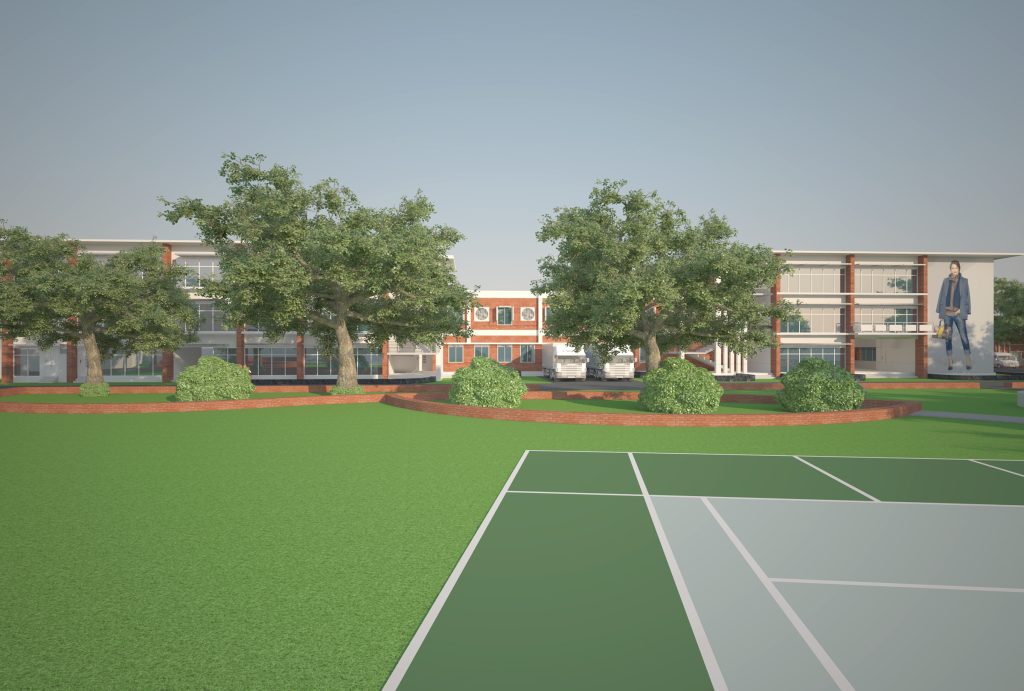
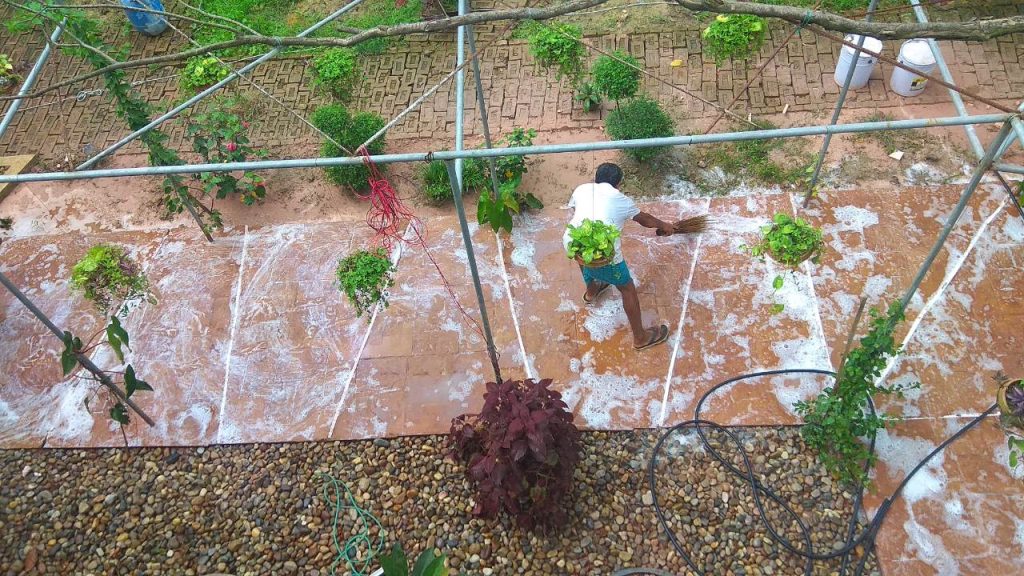
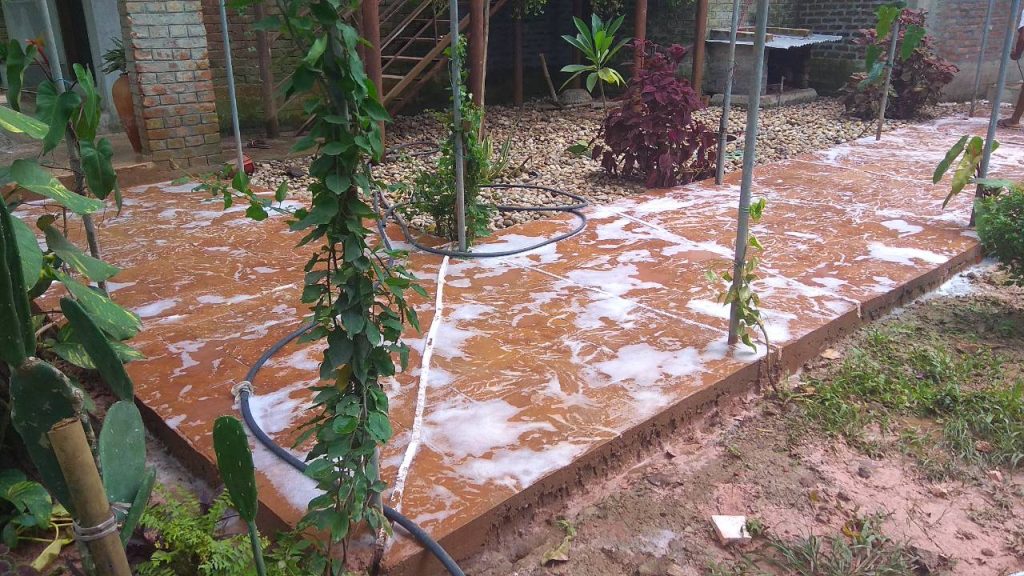
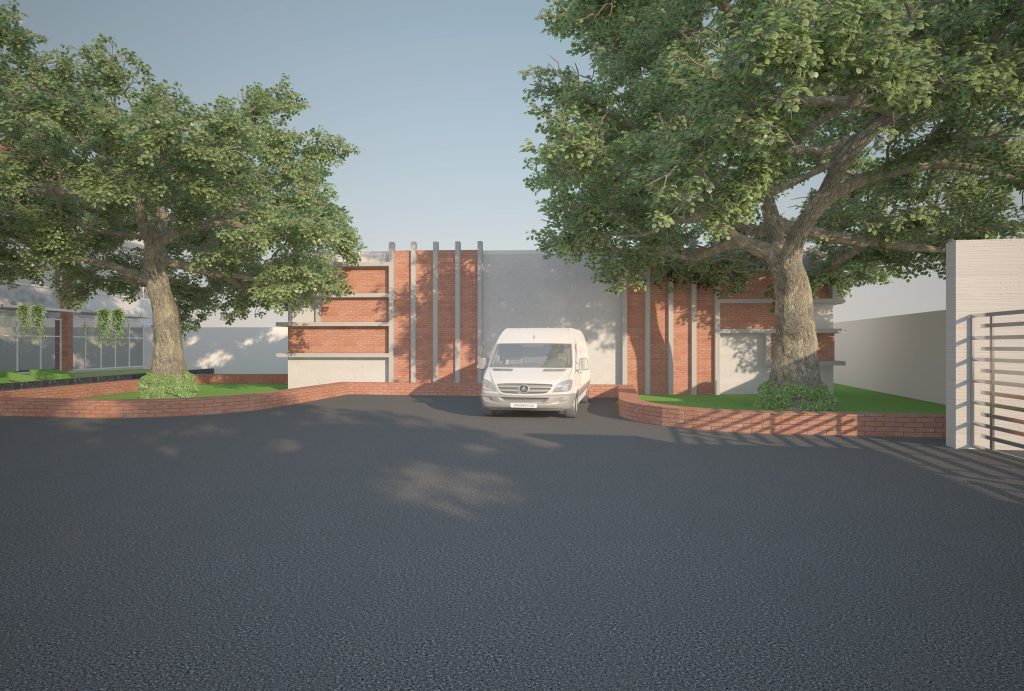
1. Rooftop Green Escape for Prolog Coffee – Dhaka
For Prolog Coffee, a popular café chain in Dhaka, Style Architects & Interior turned a previously unused rooftop into a lush green outdoor seating zone. The 700 sq. ft. rooftop was transformed with vertical gardens, native plants, and eco-friendly planters that created a refreshing ambiance for visitors.
A permeable paving system ensured proper rainwater drainage, and soft solar-powered lighting enhanced the atmosphere at night. The rooftop garden not only attracted more customers but also increased brand visibility on social media, proving how smart landscaping can boost business success.
2. Water-Efficient Landscape for Lazz Pharma Pallabi
At Lazz Pharma Pallabi, Style Architects & Interior designed a low-maintenance, water-smart landscape to replace a traditional lawn that consumed excessive water. The new design featured succulents, ornamental grasses, stone pathways, and a drip irrigation system, reducing water usage by over 60%.
The clean, modern landscape enhanced the pharmacy’s exterior appeal while promoting sustainability. This project became a model for eco-conscious commercial landscaping in Dhaka’s suburban settings.
3. Natural Countryside Garden for Visa World Consultancy
For Visa World Consultancy’s new office complex in Uttara, Style Architects & Interior created a nature-inspired courtyard garden that blends greenery with functional outdoor space. The design included a wildlife-friendly pond, meadow-style native plants, and a rustic pergola perfect for staff relaxation and client meetings.
Birds, butterflies, and pollinators quickly began to visit the area, adding natural life and beauty to the workspace. The result was an inviting, peaceful environment that improved employee well-being and client experience alike.
4. Healing Garden for Nightingale Medical College
Nightingale Medical College partnered with Style Architects & Interior to develop a therapeutic healing garden within its campus. Using native flowering plants, shaded seating areas, and a gentle water feature, the team created a tranquil outdoor retreat where students and patients could relax and recharge.
This nature-driven landscape helped promote mental well-being and became an integral part of the institution’s healthcare-focused environment, showing how landscape design can support holistic wellness.
5. Corporate Outdoor Space for Safa Pharmaceutical Ltd
At Safa Pharmaceutical Ltd, Style Architects & Interior designed a modern landscaped courtyard for employee gatherings and corporate events. Carefully selected low-maintenance shrubs, pergolas, and paved walkways created a space that was both functional and visually stunning.
The result was a professional yet welcoming outdoor environment that improved company culture and provided a relaxing space for breaks and meetings.
Common Mistakes to Avoid in Landscape Design
- Overplanting: Planting too densely can lead to competition for light, water, and nutrients, stunting growth. Space plants according to their mature size.
- Ignoring Maintenance Needs: Choosing high-maintenance plants like roses without time for care leads to neglect. Opt for low-maintenance landscaping options like succulents.
- Poor Drainage Planning: Failing to address water pooling can cause root rot or erosion. Install French drains or rain gardens to manage runoff.
- Lack of Design Cohesion: Mixing too many styles (e.g., tropical and minimalist) can create a cluttered look. Stick to a unified theme.
Avoiding these pitfalls ensures your best landscape design remains functional and visually appealing.
Tools and Software for Landscape Design
Free Tools
- Garden Planner: A user-friendly app for sketching layouts and planning plant placements.
- SketchUp Free: Offers basic 3D modeling for visualizing designs.
Professional Software
- AutoCAD: Used by professionals for precise, detailed plans.
- Vectorworks Landmark: Combines 2D and 3D design with plant databases.
Mobile Apps
- iScape: Allows users to visualize designs using AR on their phones.
- Home Outside: Offers drag-and-drop tools for DIY planning.
These tools empower both amateurs and professionals to create the best landscape design.
Hiring Professionals for the Best Landscape Design
When to Hire
Consider professionals for complex projects, large properties, or if you lack time or expertise. They ensure compliance with regulations and deliver polished results.
What to Look For
- Certifications: Look for credentials from organizations like the American Society of Landscape Architects (ASLA).
- Portfolio: Review past projects to confirm their style aligns with your vision.
- References: Check client reviews on platforms like Google or Yelp.
Cost Considerations
Costs range from $1,000 for small projects to $50,000+ for extensive designs. Request detailed quotes to avoid surprises.
Maintenance Tips for a Long-Lasting Landscape
- Seasonal Care: Prune shrubs in spring, mulch in fall, and fertilize in growing seasons.
- Pest Management: Use natural repellents like neem oil to avoid chemicals.
- Irrigation Maintenance: Check sprinklers or drip systems for leaks or clogs.
Regular care preserves the beauty and functionality of your best landscape design.
The Impact of Landscape Design on Property Value
Studies show that well-designed landscapes can increase home value by 10–20%. Features like mature trees, outdoor kitchens, or water elements are particularly appealing to buyers, offering a strong return on investment (ROI).
The Future of Landscape Design
Looking ahead, expect trends like:
- AI-Driven Design: AI tools will simulate designs and predict plant growth.
- Biophilic Design: Emphasizing wellness through natural elements.
- Climate-Resilient Plants: Species that withstand extreme weather.
These innovations will shape the best landscape design for years to come.
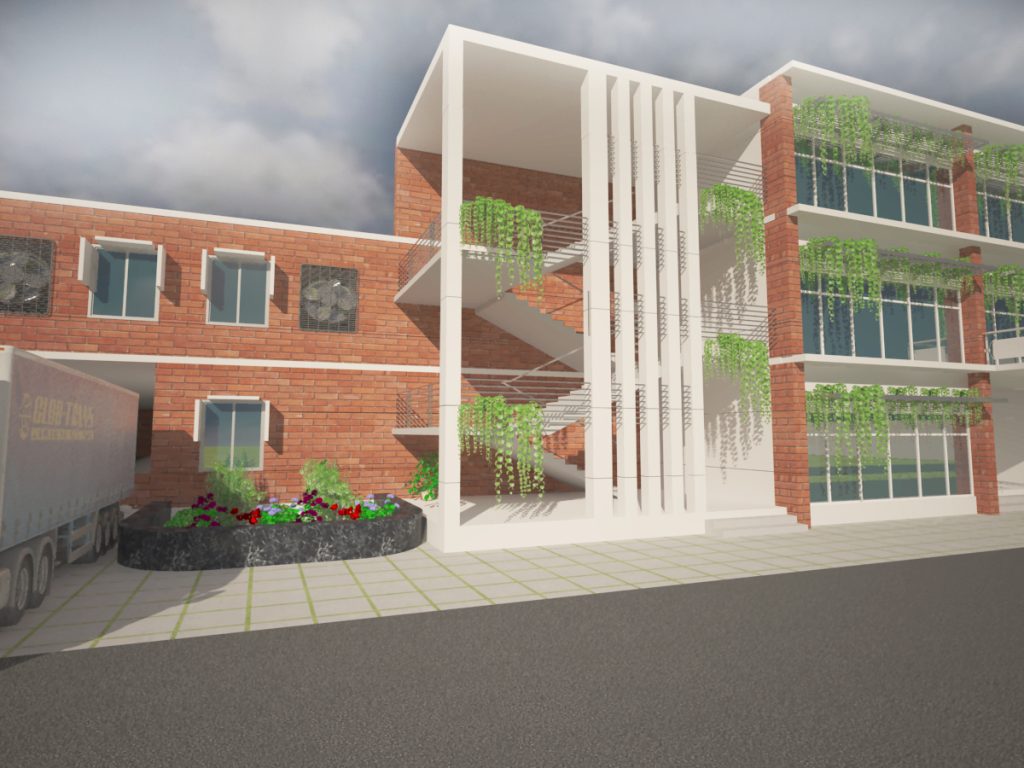
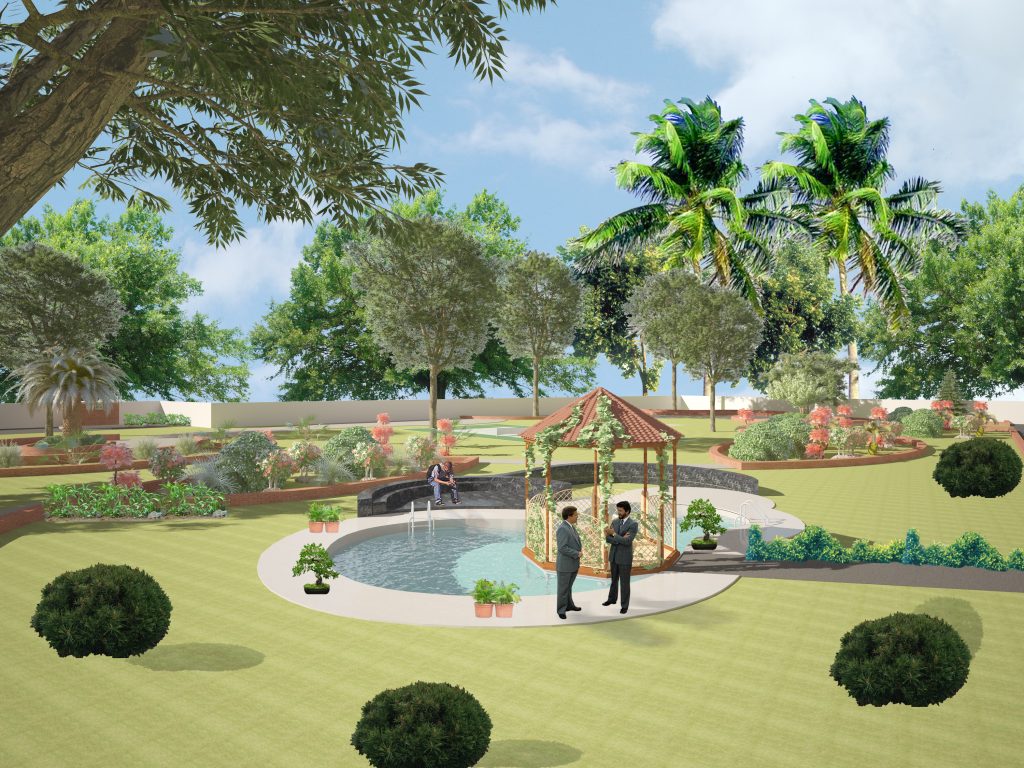
Conclusion: Crafting Your Best Landscape Design
The best landscape design transforms your outdoor space into a functional, beautiful extension of your home. By blending sustainable practices, smart technology, and creative elements, you can create a landscape that reflects your style and meets your needs. Start with a clear plan, choose appropriate materials, and consider professional help for complex projects. For more inspiration, explore our related guides on sustainable garden design or modern outdoor spaces.
Take the first step today—whether it’s sketching a layout or consulting a landscape architect—and turn your yard into a stunning masterpiece that enhances your lifestyle and property value.
About Style Architects & Interior
Style Architects & Interior (StyleArchi.com) is one of Bangladesh’s premier interior design firms, celebrated for blending creativity, functionality, and contemporary aesthetics into every project. Based in Dhaka, the firm is driven by a passionate team of architects and interior designers committed to transforming ordinary spaces into inspiring environments that reflect each client’s lifestyle, personality, and vision.
Residential Interiors
StyleArchi creates homes that are elegant, comfortable, and highly functional. Whether designing cozy family homes, luxury apartments, or modern residences, every detail—from lighting and space planning to custom furniture—is carefully curated to maximize comfort and usability. Bedrooms, living rooms, dining areas, and kitchens are transformed into stylish, welcoming spaces that enhance everyday living.
Corporate Interiors
In the business sector, Style Architects & Interior is known for designing dynamic workspaces that boost productivity and express a company’s brand identity. From executive MD rooms and modern conference halls to inviting reception areas and ergonomic workstations, every element is thoughtfully planned with attention to technology, workflow, and contemporary office trends.
Commercial & Hospitality Design
StyleArchi also excels in crafting impactful interiors for restaurants, cafés, hotels, and showrooms. Each project is customized to balance ambiance, branding, and functionality—whether it’s a striking showroom that strengthens brand presence or a hospitality space that delivers memorable experiences to guests.
Exterior & Landscape Architecture
Extending beyond interiors, the firm brings the same level of creativity to exterior and landscape design. With innovative planning, advanced 3D modeling, and precise structural detailing, StyleArchi designs stunning facades, landscaped gardens, and outdoor areas that seamlessly complement interior spaces.
Custom Furniture Design
Custom-made furniture is a hallmark of StyleArchi’s design philosophy. From elegant sofas and dining sets to bespoke workstations and handcrafted wooden pieces, every item is built with premium materials and tailored to match the overall design theme—offering durability, sophistication, and individuality.
Why Choose StyleArchi?
Through innovation, precision, and a strong client-focused approach, Style Architects & Interior has earned a reputation as a trusted leader in Bangladesh’s interior design industry. Their commitment to eco-friendly practices, on-time project delivery, and cutting-edge visualization ensures that every project—residential, corporate, commercial, or landscape—is transformed into a stylish, functional, and inspiring space.



